Green gram or moong dal provides a plethora of regenerative health advantages due to its high supply of critical vitamins, mineral deposits, protein, and antioxidants. Mung bean consumption as part of a well-balanced diet may assist in preventing obesity, control blood pressure, lower cholesterol, and glucose levels, minimise swelling, and even prevent cancer. Including mung beans in your diet is the simplest and most straightforward method to maintain good overall health. Use this versatile green gram dal in your regular diet to gain the advantages. It combines well with all additions and can be prepared in a variety of ways.
Table of Contents
What is green gram
The plant species Vigna radiata, which goes by the common names green gram and mung bean, is a member of the Fabaceae family of leguminous plants. This little, oval-shaped green bean is a staple in Indian cooking; no meal, whether served with rice or roti, would be considered complete without the inclusion of dals.
The high protein content of green gram dal has earned it a reputation as a "superfood." It can be purchased whole, divided, and de-husked (yellow), and it has savoury and sweet applications. India has been a major producer of green gram dal from ancient times. It is also cultivated extensively in the East Asian, Indian subcontinent, and Southeast Asian regions. The health benefits and delicious flavour of green gramme dal have made it a popular ingredient in both medicine and the kitchen.
Other names of green gram:
Pachai payaru in Tamil, pesara parupu in Telugu, cherupayar in Malayalam, hesaru kaalu in Kannada, and moong dal in Hindi are all local names for green gramme dal.
Cultivation of green gram:
Green gramme dal is a vine that grows every year and has brown pods and yellow blossoms. Although it has a short growing season, it can be grown in both hot and warm climates, as well as under poor weather circumstances. The pods are dug out from the ground after harvest and fed to the cattle.
Difference Between Whole Green Gram And Split Green Gram
Whole, split, dehusked (yellow), and ground green gram are all commercially available. Split green moong dal, in contrast to skinned dals, retains its pale green coloration and has the husk fully removed. The mill is where the splitting process takes place.
Flat, yellow, and quick to prepare, yellow moong dal is the dried, peeled, and split green bean that gives the dish its name.
green gram powder is obtained by dehulling, heating and crushing the beans to a dry paste. While the entire green gram dal does find occasional use in Indian cooking, split yellow moong dal is more generally utilised due to its speed of preparation. Split yellow moong dal has a higher nutrient density than other beans and can be prepared without first soaking.
Nutritional profile of green gram:
One serving of this dal provides you with 211 calories and 14.2 grams of proteins from the mung bean, one of the richest plant-based sources of protein. Included are the amino acids phenylalanine, leucine, isoleucine, valine, lysine, and arginine, all of which are necessary for human survival. Since the human body can't make them, we need to get them from our food. You may get your daily dose of protein from green gram dal without worrying about gaining weight.
This legume is rich in health-promoting bioactive components like iron, folate, carotenoids, and others. In addition, one serving of green gram dal has 15.5 grams of dietary fibre, which is 70% of the recommended value. Green gram dal can be added to the diet to increase bulk, relieve constipation and diverticulitis symptoms, lower cholesterol, and minimise the chance of developing heart disease. Manganese, magnesium, potassium, copper, phosphorus, zinc, vitamins B1, B2, B3, B5, and B6 are just a few of the many vital nutrients present in abundance.
It has been discovered that the nutritional profile of whole mung beans is modified during the sprouting process. There are less calories in sprouted green beans and they include more amino acids and antioxidants than regular green beans. Antioxidants such as phenolic acid, flavonoids, caffeic acid, and cinnamic acid are abundant in it. Phytic acid is an antinutrient that decreases mineral absorption; its levels are lowered throughout the sprouting process, making zinc, magnesium, and calcium more available to the body.
Health benefits of green gram:
Protects Against Inflammation
Antioxidants such as phenolic acids, flavonoids, caffeic acid, and cinnamic acid are abundant in green gramme dal. These antioxidants aid in protecting cells from oxidative damage by neutralising free radicals. The risk of developing chronic inflammation, cardiovascular disease, and cancer rises when there are excessive free radicals in the body because these molecules damage and degrade cellular components.
Health Improvements for Women
Thiamine, riboflavin, folate, and the other B vitamins are very important for women's health, and green gramme dal has plenty of all of them. The prevalence of neural tube abnormalities, autism, stroke, and heart disease is reduced by a diet high in folate. The danger of metabolic issues that could harm the placenta and the foetus is reduced when a pregnant woman consumes enough thiamine and other water-soluble vitamins.
Riboflavin is essential for pregnant women, and green gram dal has plenty of it. Preeclampsia and birth abnormalities are more common in women who are riboflavin deficient, according to the National Institutes of Health. In addition to these benefits, green gram dal is a rich source of calcium, which helps strengthen bones and muscles and reduces a woman's risk of developing osteoporosis.
Helps Keep Your Heart Healthy
Green gramme dal's high fibre and antioxidant content has been shown to improve cardiovascular health by reducing blood levels of LDL cholesterol (bad cholesterol), total cholesterol, and triglycerides. The elimination of cholesterol and the prevention of fat formation in the liver are two additional benefits of eating beans, according to research. Green gram dal is a beneficial addition that can improve heart health and reduce the risk of cardiovascular disease by warding off obesity, dyslipidaemia, hypertension, inflammation, and oxidative damage.
Controls Blood Pressure
The major causes of death worldwide are cardiovascular diseases and strokes, both of which are exacerbated by high blood pressure. Green gramme dal's high levels of potassium, magnesium, and fibre help maintain healthy blood pressure. Green gram dal has been shown to have essential nutrients that help lower blood pressure by blocking the activity of enzymes that cause it to rise in the body. It also improves blood flow to the essential organs and inhibits fat oxidation.
Treatment of Diabetes
Green gramme dal is rich in protein and contains a high amount of the fibre and soluble fibre pectin that work together to regulate blood sugar. Its low glycemic index means it helps the body produce more insulin, which in turn lowers glucose and fat levels in the blood. Green gram dal contains the antioxidants vitexin and isovitexin, which aid insulin's performance and lessen the likelihood of blood sugar swings.
Psychological Wellness
The iron in green gramme dal ensures that the blood can transport oxygen and nutrients to every part of the body. It also aids in keeping the brain and the rest of the body supplied with oxygenated blood. A person's memory and concentration can benefit from including green gram dal in their daily diet. Green gram dal, which is high in manganese, also boosts neurological and mental wellness.
Green gram for weight loss:
Green gramme dal is an excellent plant-based protein option for those watching their weight because of its high fibre content and wide range of beneficial elements. Natural dietary fibre is highly regarded as bulking agents in the intestine that delay digestion, regulate appetite, and keep you feeling fuller for longer, all of which contribute to decreased calorie consumption and weight reduction. Green gramme dal's fibre content also helps combat obesity by elevating levels of the satiety hormone cholecystokinin.
Green gram sprout:
Sprouted green gram is a nutritious addition to your diet due to its high nutrient content. It is a method of allowing seeds and beans to germinate before eating them uncooked. Entire green gramme is soaked in water for 4-6 hours, then drained and wrapped in a damp muslin cloth and wrapped in a bundle, which is placed in a kitchen cabinet overnight to germinate. At the correct time, temperature, and moisture level, the seeds begin to sprout and grow into a new plant.
Green gram sprouts are commonly sprouted for their distinct flavour, which blends nicely with a wide range of dishes. Sprouted mung beans are high in protein, fibre, vitamins A, C, E, B, and iron, as well as folate, zinc, and potassium, and aid in digestion. Mung bean sprouts have 100 times the amount of glucoraphanin, an enzyme that protects cells from cancer-causing chemicals. Sprouts are also high in antioxidants and chlorophyll, which help to detoxify the body and increase oxygen levels in the system.

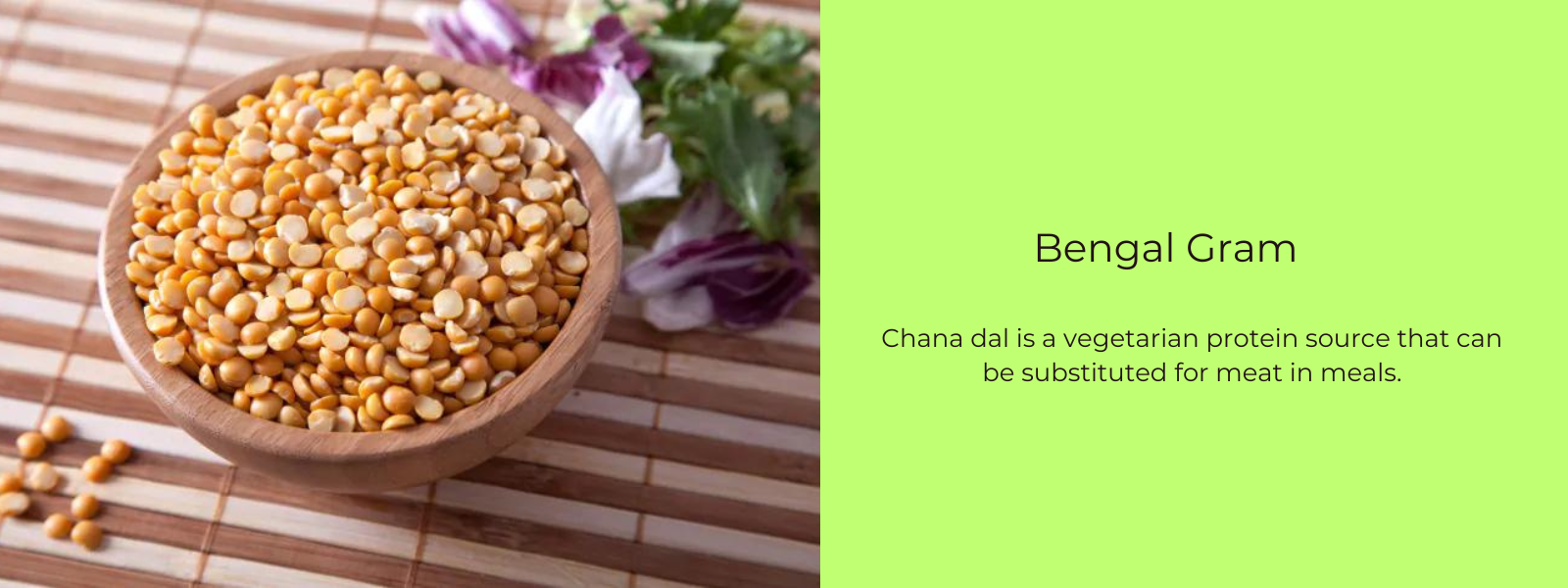
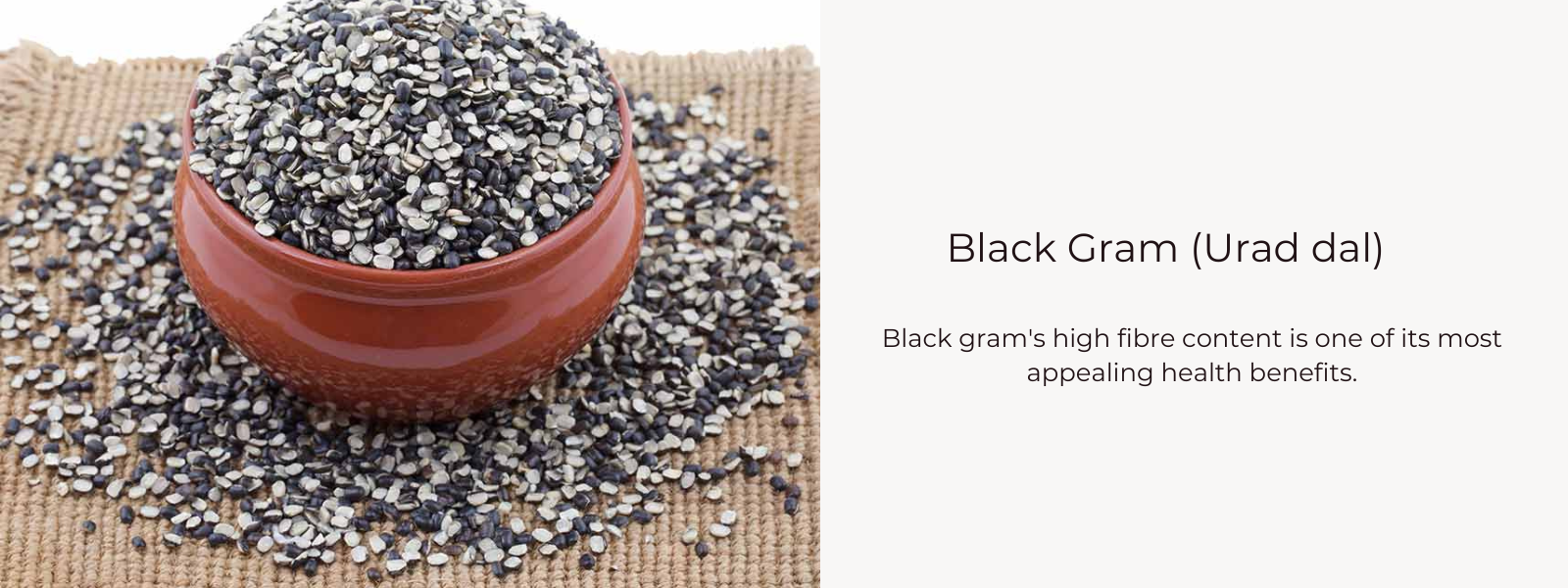
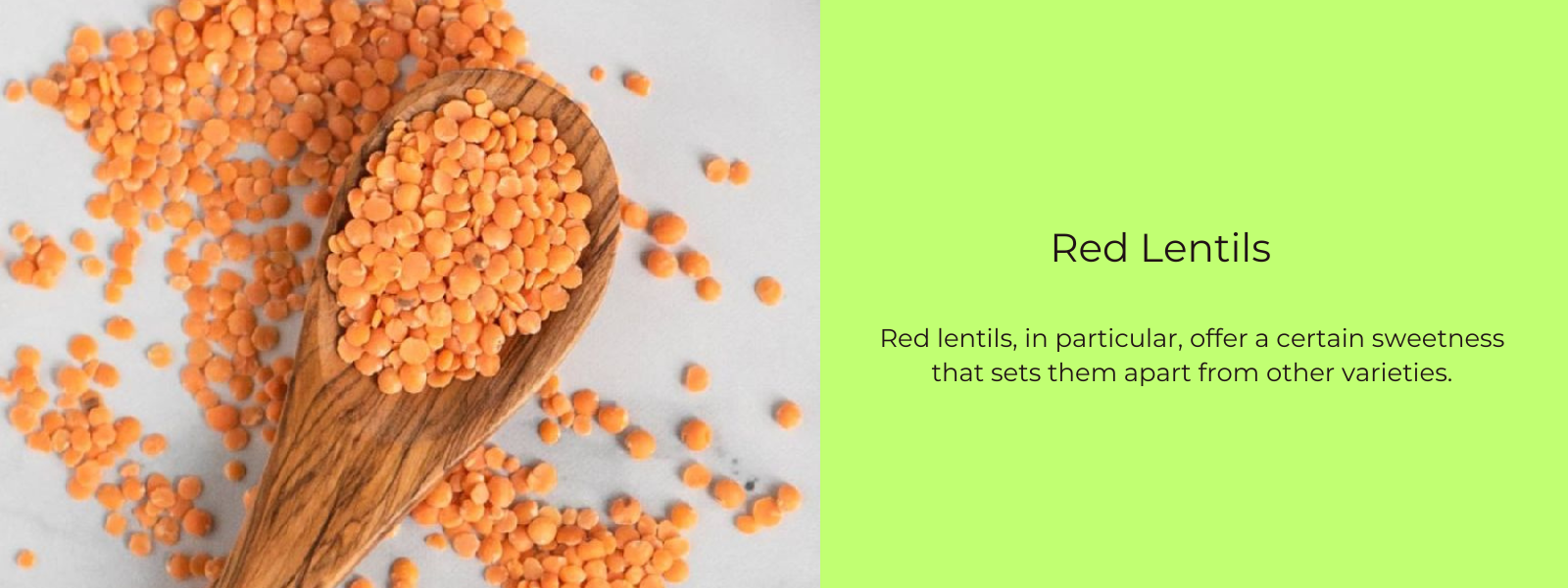
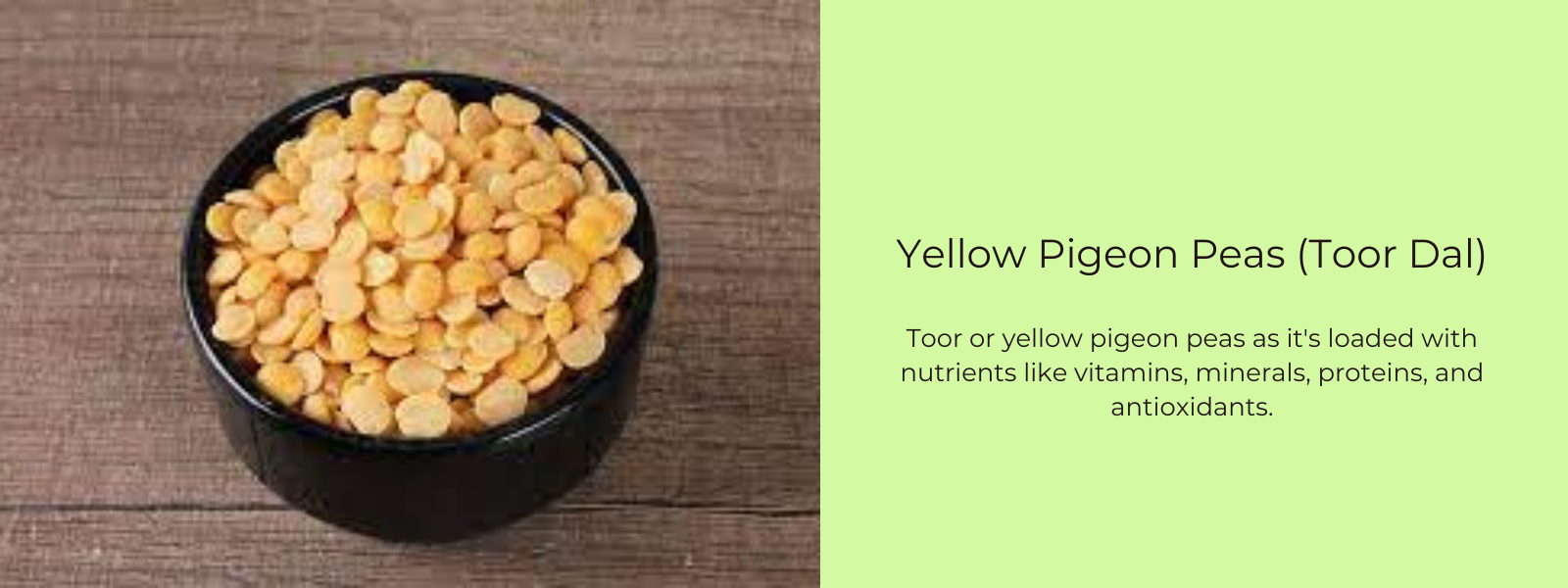

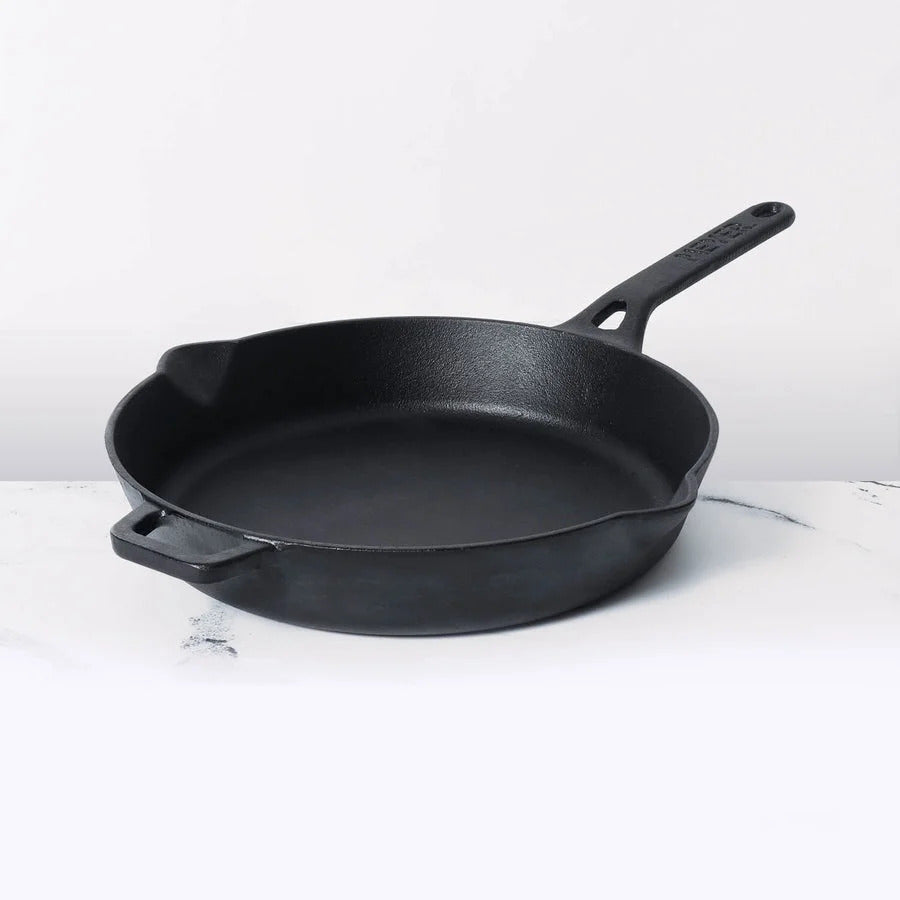




Leave a comment